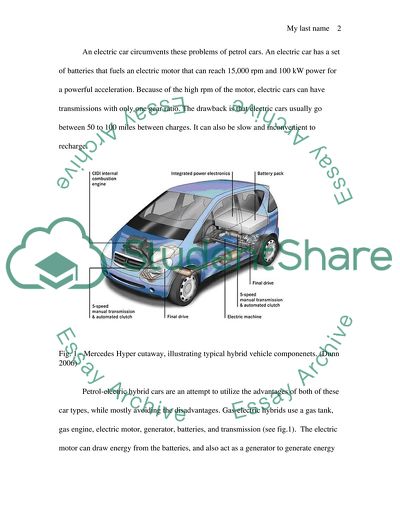Cite this document
(“Hybrid cars Essay Example | Topics and Well Written Essays - 2000 words - 1”, n.d.)
Retrieved from https://studentshare.org/technology/1552840-hybrid-cars
Retrieved from https://studentshare.org/technology/1552840-hybrid-cars
(Hybrid Cars Essay Example | Topics and Well Written Essays - 2000 Words - 1)
https://studentshare.org/technology/1552840-hybrid-cars.
https://studentshare.org/technology/1552840-hybrid-cars.
“Hybrid Cars Essay Example | Topics and Well Written Essays - 2000 Words - 1”, n.d. https://studentshare.org/technology/1552840-hybrid-cars.


